Favorite Italian
Spaghetti Carbonara
Spaghetti carbonara is a beloved Italian pasta dish that marries simplicity with decadence. This velvety, flavorful creation comes together swiftly, making it ideal for both casual weeknight meals and special gatherings. With its fascinating history and irresistible taste, carbonara has secured its place as a cherished favorite in kitchens worldwide.
Chef's Notes:
- Traditional carbonara relies on eggs and cheese for its creamy texture, not cream
- Achieving a silky sauce requires quickly mixing hot pasta with the egg mixture off heat
- Premium ingredients like guanciale and Pecorino Romano significantly enhance the dish
The Origins of Carbonara
The precise beginnings of spaghetti carbonara remain a subject of debate, though it's commonly believed to have emerged in Rome during the mid-1900s. Some attribute its creation to Italian charcoal workers, or carbonari, who needed a satisfying meal to fuel their long workdays. Others suggest it was born during World War II when American soldiers in Italy combined their bacon and egg rations with local pasta.
Despite the uncertainty surrounding its origins, carbonara has become an emblematic Roman dish. Its popularity has extended far beyond Italy, captivating pasta enthusiasts globally with its luxurious texture and robust flavors.
The Perfect Ingredients
The allure of carbonara lies in its elegant simplicity. Authentic recipes call for just a handful of premium ingredients:
- Pasta: While spaghetti is the traditional choice, other long pasta varieties like linguine or fettuccine are suitable alternatives.
- Guanciale: This cured pork cheek is the authentic choice, though pancetta or bacon can be used as substitutes.
- Eggs: A combination of whole eggs and additional yolks forms the creamy foundation of the sauce.
- Cheese: Pecorino Romano is traditional, but Parmigiano-Reggiano is often used as well.
- Black pepper: Freshly ground pepper provides a subtle, spicy kick.
Although some modern interpretations include cream or garlic, purists argue that these additions detract from the dish's authentic flavor profile.
The Art of Making Carbonara
Crafting the perfect carbonara is a matter of technique. The challenge lies in creating a silky smooth sauce without scrambling the eggs. Here's a guide to mastering this delicate balance:
1. Cook the pasta in well-salted water until it reaches al dente.
2. While the pasta cooks, crisp up the guanciale in a separate pan.
3. In a bowl, whisk together eggs, cheese, and freshly ground pepper.
4. Drain the pasta, making sure to reserve some of the cooking water.
5. Off the heat, quickly toss the hot pasta with the prepared egg mixture.
6. Add reserved pasta water as needed to achieve the desired creamy consistency.
The residual heat from the pasta gently "cooks" the eggs, resulting in a luscious sauce that clings to each strand of spaghetti. It's a delicate balance of timing and temperature, but with practice, you'll soon be creating carbonara worthy of a Roman trattoria.
Tips for Carbonara Success
To elevate your carbonara game, keep these crucial tips in mind:
- Ensure your eggs are at room temperature to prevent the sauce from seizing.
- Be generous with the cheese – it's essential for both flavor and texture.
- Move swiftly when combining the pasta and egg mixture to avoid scrambling.
- Serve the dish immediately in warmed bowls to maintain the perfect creamy consistency.
Remember, mastery comes with practice. Don't be disheartened if your initial attempts aren't flawless – even seasoned chefs occasionally struggle with the temperamental nature of carbonara.
Variations on a Classic
While traditionalists might disapprove, there are numerous delectable variations on the classic carbonara recipe. Some popular twists include:
- Incorporating peas or asparagus for a pop of color and freshness
- Adding mushrooms for an earthy, umami flavor
- Experimenting with different cheese varieties like Gruyère or Pecorino Toscano
- Trying alternative pasta shapes such as rigatoni or penne
These variations can be enjoyable to explore, but it's always worthwhile to master the classic recipe first to truly appreciate the dish's essence.
Pairing Suggestions
The rich, savory flavors of carbonara pair wonderfully with a variety of wines. A crisp white wine such as Frascati or Pinot Grigio can beautifully cut through the richness, while a medium-bodied red like Chianti complements the dish's robust flavors. For an authentic Roman experience, enjoy your carbonara alongside a glass of local Lazio wine.
As for sides, a simple green salad dressed with lemon and olive oil offers a refreshing contrast to the pasta's richness. Alternatively, some crusty bread serves perfectly for soaking up any remaining sauce.
The Cultural Significance of Carbonara
In Italy, carbonara transcends mere sustenance – it's a cultural touchstone. Discussions about the "correct" way to prepare carbonara can become heated, with each region and even individual families claiming their version as the definitive recipe. This passion underscores the dish's importance in Italian culinary tradition.
For many, carbonara embodies the essence of Italian cooking: transforming a handful of simple ingredients into something truly extraordinary. It stands as a testament to the power of technique and the importance of quality ingredients in creating unforgettable meals.
Nutrition Facts
Nutrient amount per serving
-
- Calories: 550
- Total Fat: 27g
- Saturated Fat: 10g
- Cholesterol: 225mg
- Sodium: 750mg
- Total Carbohydrates: 55g
- Dietary Fiber: 2g
- Protein: 25g
FAQs
Is carbonara safe to eat with raw eggs?
The eggs in carbonara aren't truly raw. The pasta's heat cooks them sufficiently to be safe for most individuals. However, if you're concerned, you can use pasteurized eggs or temper the eggs with hot pasta water before mixing.
Can I make carbonara ahead of time?
Carbonara is best savored immediately after preparation. The sauce may become dry or separate if left to sit. If advance preparation is necessary, slightly undercook the pasta and reheat gently with a splash of water.
What's the difference between carbonara and Alfredo sauce?
While both are creamy pasta sauces, carbonara achieves its creaminess from eggs and cheese, whereas Alfredo relies on heavy cream and butter. Carbonara also incorporates cured pork, giving it a distinct flavor profile.
Can I make a vegetarian version of carbonara?
Although traditional carbonara includes pork, you can create a vegetarian version by omitting the meat and adding extra cheese or vegetarian bacon alternatives. Some recipes incorporate mushrooms or smoked tofu to achieve a similar umami flavor.







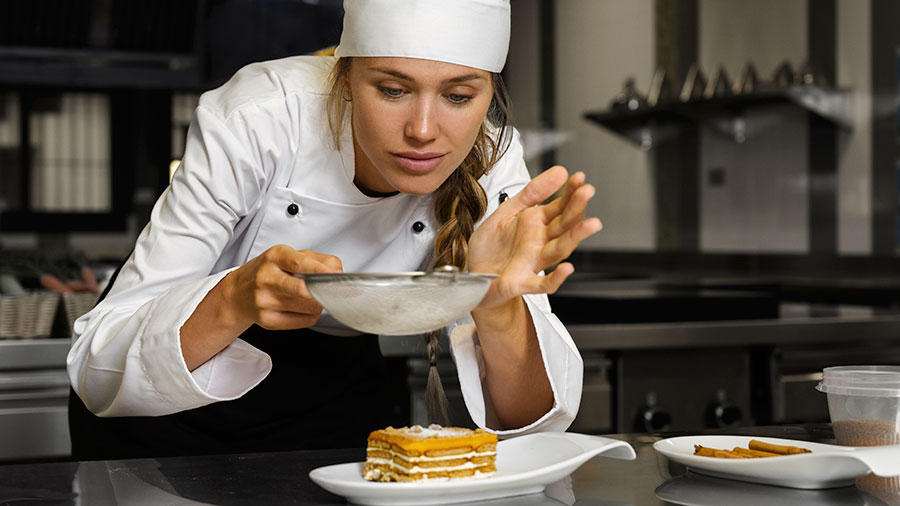

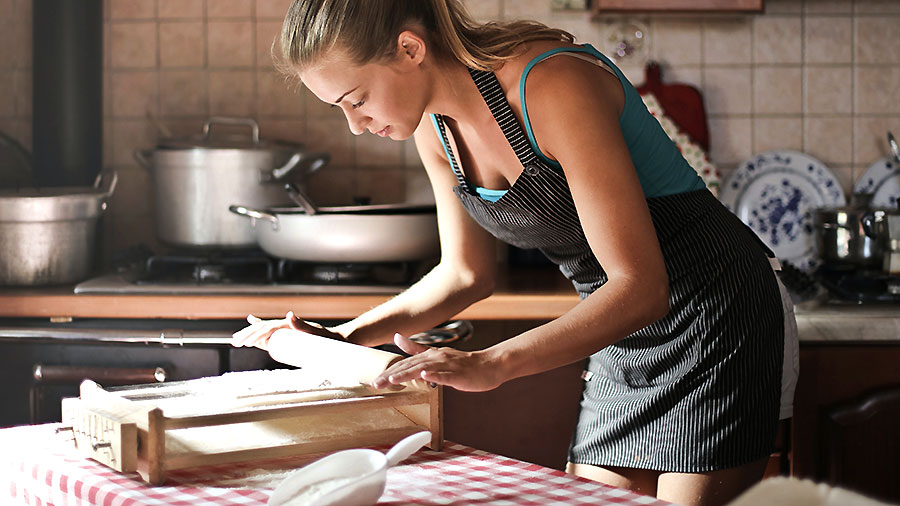
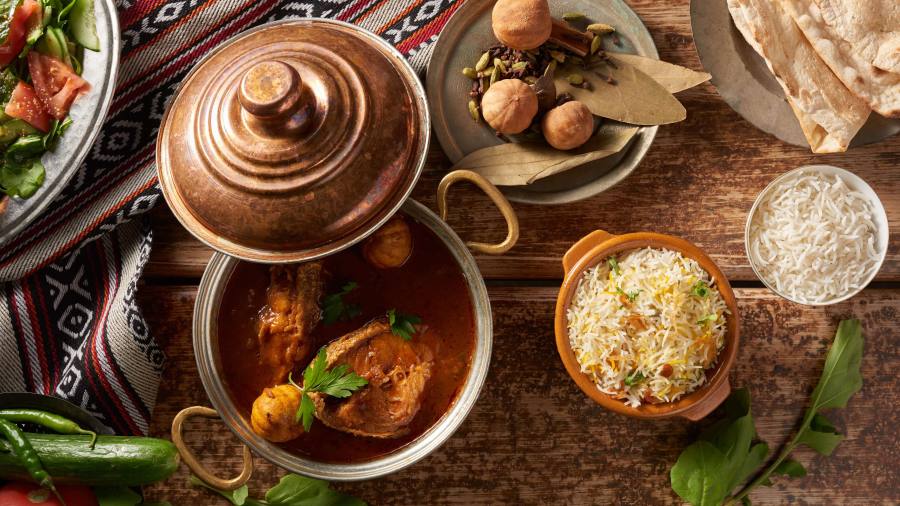













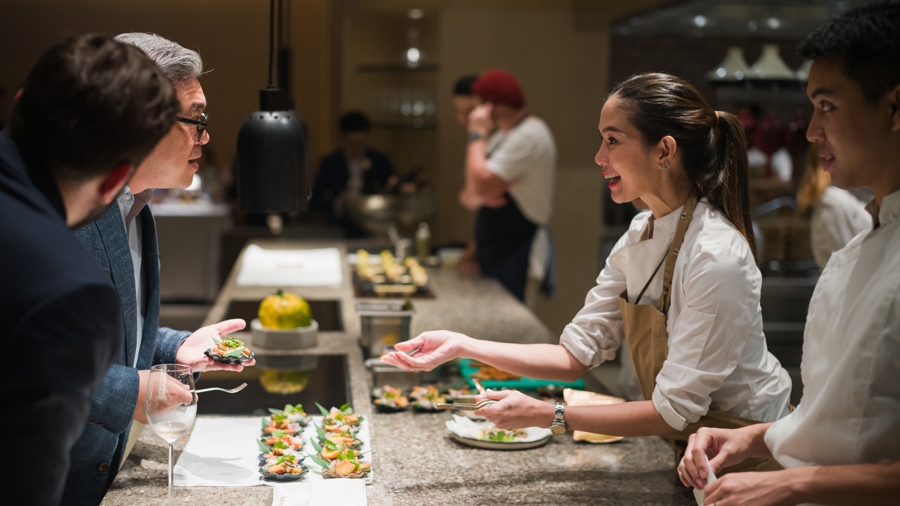




 Gastronomy Cities
Gastronomy Cities
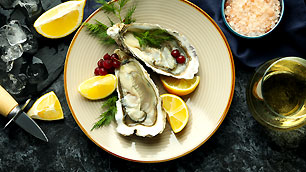 Amazing Food
Amazing Food
 Chef's Talk
Chef's Talk